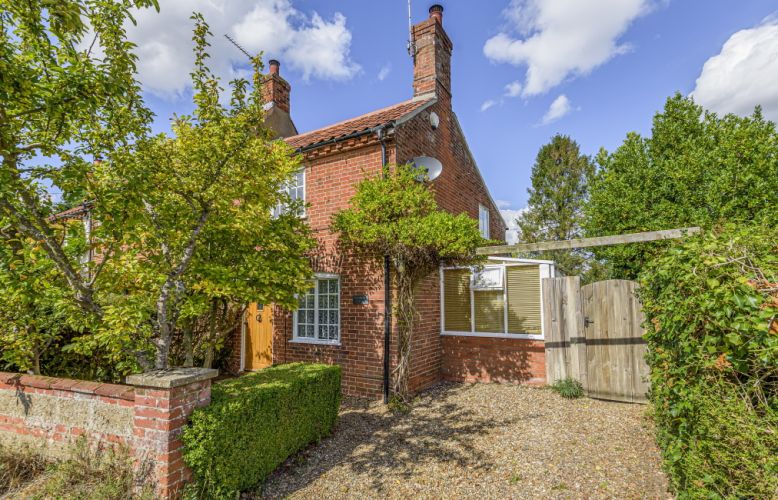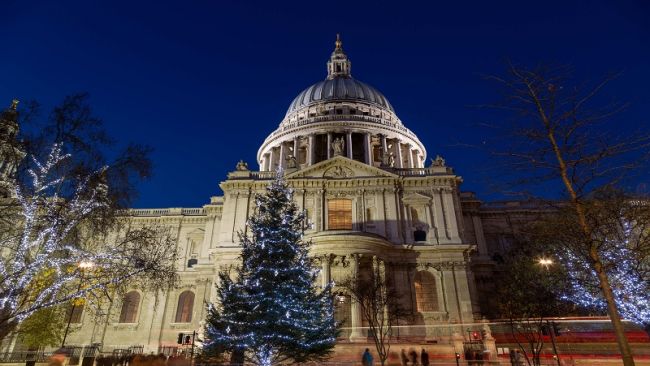
Take 5… Homes near carolling cathedrals
Gather your hymn books as we’ve picked the top 5 places to experience an uplifting cathedral carol concert, with properties to live in nearby
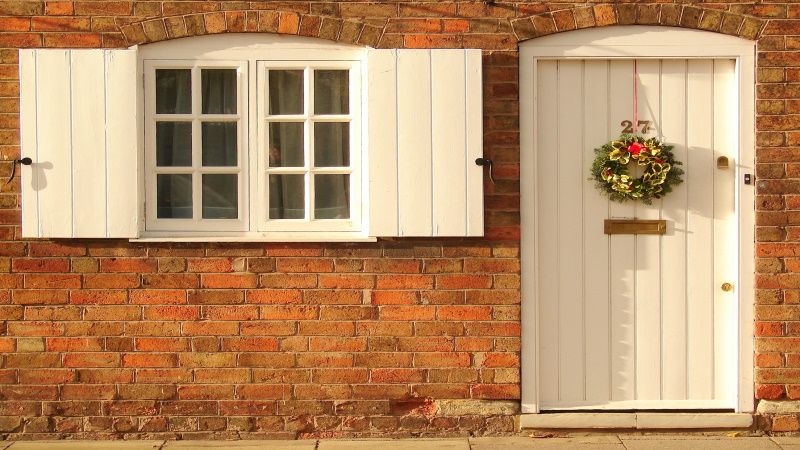

Christmas is just around the corner! In the midst of festivities and social engagements, we don’t often consider how history has influenced our modern day celebrations. While some traditions have been lost over the years, others have transformed into something completely new - but most of what makes this time so special can be traced back to the 19th century, or even earlier. Putting up the tree, pulling a cracker at lunch and tucking into turkey all have important histories that have shaped what our Christmas looks like today.
With this in mind, we’ve had a look at the origins of our favourite Christmas traditions – and, because we love houses, we’ve found properties close by:
Christmas crackers
Now a staple on the Christmas dinner table, we have the Victorians to thank for the joys of the cracker. Inspired by the twist of colourful paper of French bonbons, crackers were invented by Thomas Smith, a sweet maker in London, in 1846. He started by putting a love motto inside the sweet and a strip of paper laced with chemicals that would crack when opened. Overtime, he replaced sweets with a small gift and crackers went on sale in London in 1847. But, it took until 1860 for the basic shape of the cracker to change to the one we all know and love today. The company he left behind – Tom Smith – still holds Royal Warrant to the monarch as supplier of Christmas crackers and wrapping paper.
In the spirit of spending Christmas in the city, we love this lateral apartment in Knightsbridge:
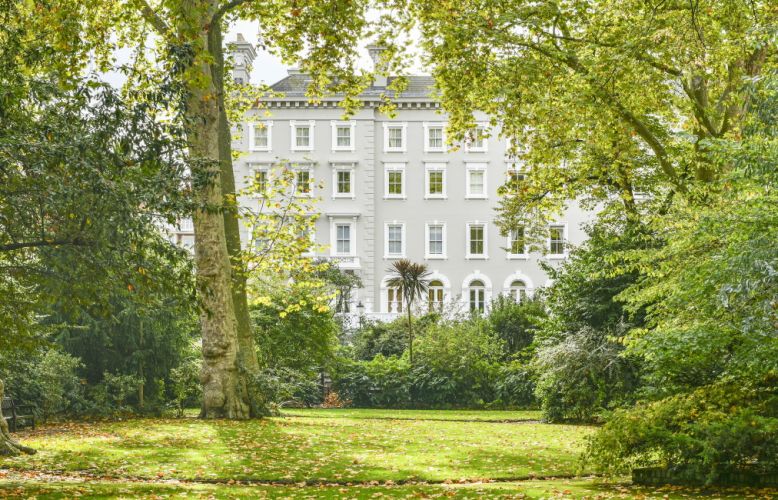
Christmas trees
We certainly can’t claim the Christmas tree as an English tradition, as the idea of it originates from Germany. When Prince Albert’s married to Queen Victoria, he became an established part of the annual festivities at royal residences. After claiming that decorating trees had brought him and his brother much happiness when they were children, Prince Albert insisted the first tree go up in Windsor Castle in 1847. This sparkling tradition spread quickly throughout the country, with many putting up trees and lighting them up with real candles.
This glorious townhouse is close to Windsor Castle:
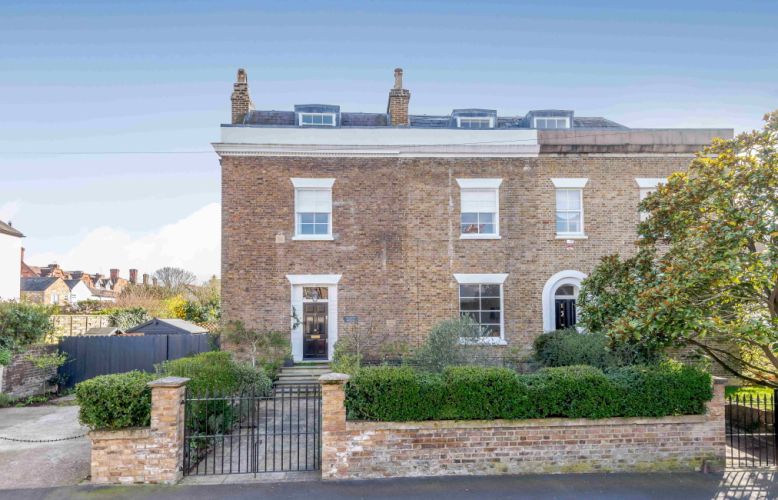
Turkeys
Years ago, game bird, beef, rabbit and even swan went on the centre of the table on Christmas Day – dependent largely on social status or where you lived. Now, the turkey is the centrepiece of most people’s Christmases. Henry VIII was believed to be the first monarch to eat turkey on Christmas Day, but it was King Edward VII that made it so popular. Now, England is fortunate enough to be home to some of the finest turkeys in the world – The Norfolk Bronze.
This house in Loddon, Norfolk has the perfect dining room for enjoying Christmas lunch:

Christmas puddings
Although it had its beginnings in the Middle Ages and became a staple of Victorian Christmas fare, Christmas pudding was first created into a recipe by Sussex-born cookery writer Eliza Acton in 1845 in her book – Modern Cookery for Private Families. It was said to be served with German wine or a punch sauce.
You’ll find this lovely country home in the same county:

The King’s Speech
An important part of Christmas Day for many people is sitting down after lunch to hear the monarch address the nation. This year, we will all tune in to watch King Charles III give his very first one – a momentous occasion as it will be first time in history a male monarch has delivered a televised festive message. This royal tradition was started by George V in 1932, but this was of course by radio. The address, penned by Rudyard Kipling, is widely acclaimed to be one of the greatest speeches of the twentieth century.
The very first speech was broadcasted from Sandringham House and this period cottage is not far from the estate:
